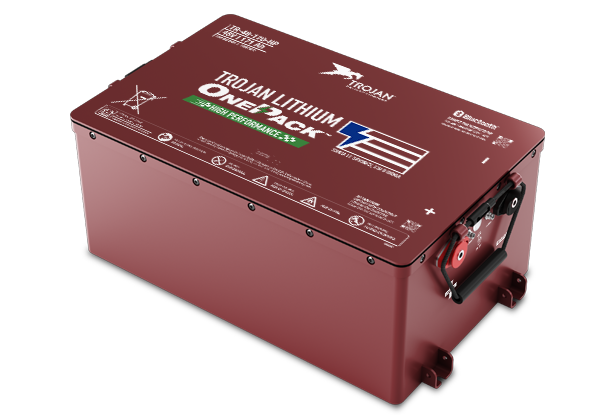Wow - after all these years, I didn't think it would happen. Trojan's Trillium line of batteries:
Even though I'm familiar with LifePo4, I think this would make the IDEAL "LFP learner battery". Basically ignore my own simplified Lifepo4 care articles and do it right. Times have changed, and it took awhile for a big player to come around.
Yes, it's a drop-in with built-in bms. And these days, *if done properly*, which I'm sure Trojan has done, it just makes more sense than a hodepodge of individual cells done diy.
Interestingly enough, there's the real-world situation of where the normal public is going to use lead-acid chargers with this, rather than needing a specialized LFP charger. I get it. In most circumstances, a lead-acid charger is damaging to an LFP, and it appears that the internal bms will do the real job compensating for using basically the wrong charger. Just think - we'll have basically nothing to argure about, except for doing a power-budget and calculating solar insolation to get the size you need!
Just think - we'll have basically nothing to argure about, except for doing a power-budget and calculating solar insolation to get the size you need!
There's a lot of info at the site. Is there competition? Sure. Especially at the JUNK low end. It comes down to this: do you want something built by an actual battery manufacturer, or just some guys in a shed tossing crap into a plastic box?
I'm pretty excited about it. Not just from a project standpoint, but from a self-protecting (both battery and user) standpoint. Look like KISS to me now!
Even though I'm familiar with LifePo4, I think this would make the IDEAL "LFP learner battery". Basically ignore my own simplified Lifepo4 care articles and do it right. Times have changed, and it took awhile for a big player to come around.
Yes, it's a drop-in with built-in bms. And these days, *if done properly*, which I'm sure Trojan has done, it just makes more sense than a hodepodge of individual cells done diy.
Interestingly enough, there's the real-world situation of where the normal public is going to use lead-acid chargers with this, rather than needing a specialized LFP charger. I get it. In most circumstances, a lead-acid charger is damaging to an LFP, and it appears that the internal bms will do the real job compensating for using basically the wrong charger.
There's a lot of info at the site. Is there competition? Sure. Especially at the JUNK low end. It comes down to this: do you want something built by an actual battery manufacturer, or just some guys in a shed tossing crap into a plastic box?
I'm pretty excited about it. Not just from a project standpoint, but from a self-protecting (both battery and user) standpoint. Look like KISS to me now!


Comment